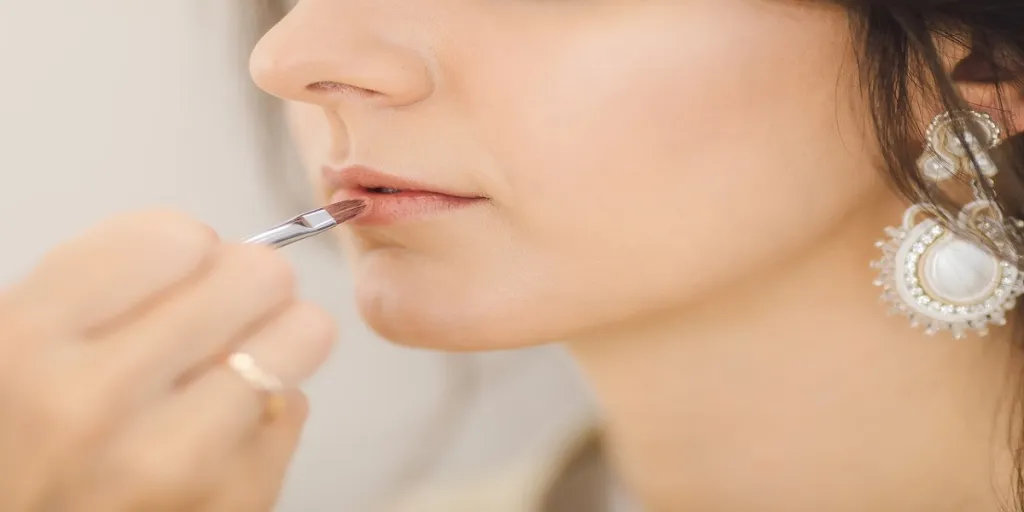There has been a post-lockdown resurgence of weddings around the world and brides-to-be are taking cues from K-beauty to elevate their beauty routines to the next level.
The bridal beauty market in South Korea is an industry that is extremely competitive but highly lucrative. It has extensive beauty programs starting as early as 6 months prior to the wedding date, which have been dubbed “bridal bootcamp” as brides-to-be adopt skincare, self-care, and pampering regimes in preparation for their weddings.
This article will explore why K-beauty is so popular. It will analyze the global K-beauty and skincare market, looking at the current market size, segment distribution, and projected market growth. The article will then highlight the key K-beauty bridal bootcamp trends and products that will dominate 2023.
Table of Contents
Why is K-beauty so popular?
Overview of the global K-beauty products market
4 top K-beauty bridal bootcamp trends to look out for
Catering for beauty on a budget
Why is K-beauty so popular?
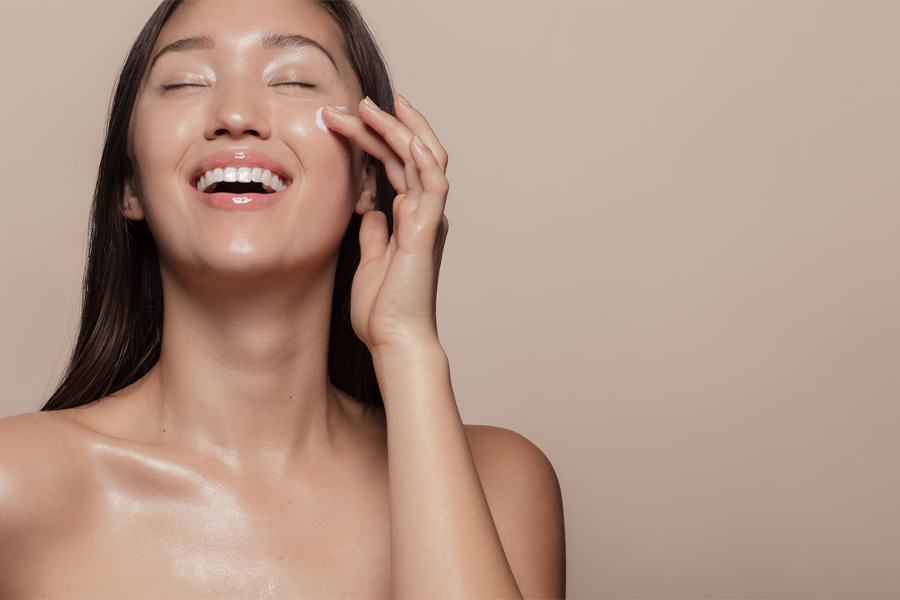
K-beauty products place a strong emphasis on wellness and health. The products are made from natural ingredients that are clearly labeled on the packaging. While K-beauty has a strong focus on skincare, it also focuses on ensuring that the products are affordable and cool.
Korean beauty brands constantly expand their product lines and innovate around their products. This is particularly so for the raw materials used. K-beauty products have been known to use unique ingredients in their formulations such as snail slime, pig collagen, starfish extract, bee venom, and morphing masks. These organic ingredients have been proven to deliver effective and healthier skincare results.
Two of the biggest drivers of the growing popularity and influence of K-beauty products globally have been social media and celebrity culture. Beauty video tutorials and product advertisements published on online platforms such as TikTok, Instagram, and Facebook have generated a great amount of interest from viewers across the globe. Korean-drama and Korean-pop celebrity endorsements for skin care brands have also led to increased demand for K-beauty products.
Overview of the global K-beauty products market
The global K-beauty products market value was estimated at US$ 10.3 billion in 2021. It is expected to grow at a compound annual growth rate (CAGR) of 11.3% to reach over US$ 20.8 billion by 2026.
Consumption of cosmetics among women has seen an upsurge due to increased female participation in social and economic activities. The rise in income levels has also had the effect of driving up demand for high-priced, premium cosmetics.
The top factors propelling growth in the global K-beauty products market are:
- Increased demand for organic products
- Extensive product research and development
- Growing curiosity to try innovative products
- Boom in social media and e-commerce
With regard to segment distribution, the sheet mask segment is currently dominating the global market and is expected to retain this dominance throughout the 2021–2027 forecast period. The online retail segment is projected to see growth at a CAGR of 11.2%. The Asia-Pacific region will continue to dominate the market and is set to grow at a CAGR of 8.1%.
4 top K-beauty bridal bootcamp trends to look out for
1. Bridal stress relief
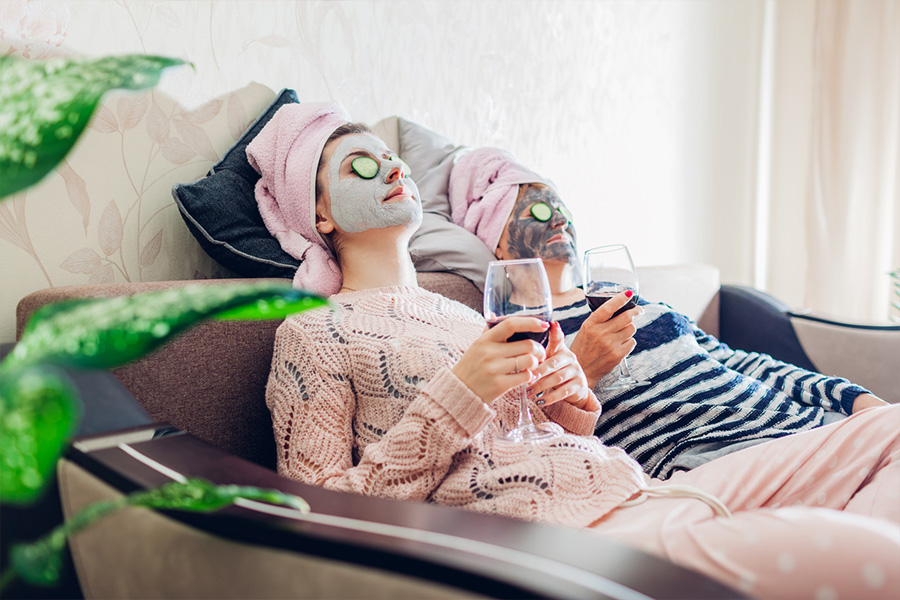
Wedding planning brings a great deal of stress, so treatments and products that offer brides-to-be relief and relaxation for the skin and mind will be very popular. Stress can actually have strong visible effects on oneʼs complexion as there is a link between psychological stress and skin changes in the form of dryness, overproduction of sebum, erythema, and hair loss.
Products that prevent or relieve blemishes, breakouts, and hair loss will see increasing demand among brides-to-be. This includes products with natural formulations that comprise the roots, stems, and flowers of herbs, such as red ginseng, antioxidant-rich gardenia, and lavender, all of which soothe, balance, and strengthen the skin barrier.
Retailers can stock bridal-focused kits and products that balance both the mind and skin by incorporating calming aromatics that stimulate positive emotions and enable relaxation while repairing stress-induced skin damage.
2. At-home beauty salon

Newfound confidence has developed in at-home beauty treatments as a result of the lockdown period and this is expected to continue into 2023. With rising costs of living and inflation, many brides will be seeking out DIY beauty treatments that they can administer in the comfort of their homes.
Collections offering at-home beauty treatments will be in demand. Consumers will be looking for affordable body care treatments that sculpt and firm the areas that are accentuated by the wedding dress, such as arms, legs, and décolletage.
Products that can be used to recreate beauty treatments at home will be popular. These include guashas, which are made from organic clay and are designed to target pressure points so as to treat muscle knots, increase blood circulation, and reduce the appearance of cellulite.
Some brides will look for multi-step skincare routines that help them achieve salon-grade facials at home. Retailers can stock sheet mask sets with multiple masks that offer a range of benefits, including revitalizing sheet masks, sebum-controlling charcoal sheet masks, hand and nail masks, foot masks, brightening gold sheet masks, and hydrogel lip masks.
Other popular at-home-treatment products include LED face masks made with technology that hydrates the skin, stimulates collagen, and helps prevent breakouts. Liquid and herbal masks will also see an up-trend as they are great alternatives to chemical peels and help to exfoliate and brighten the skin during sleep.
3. Post-tweakment aftercare and recovery
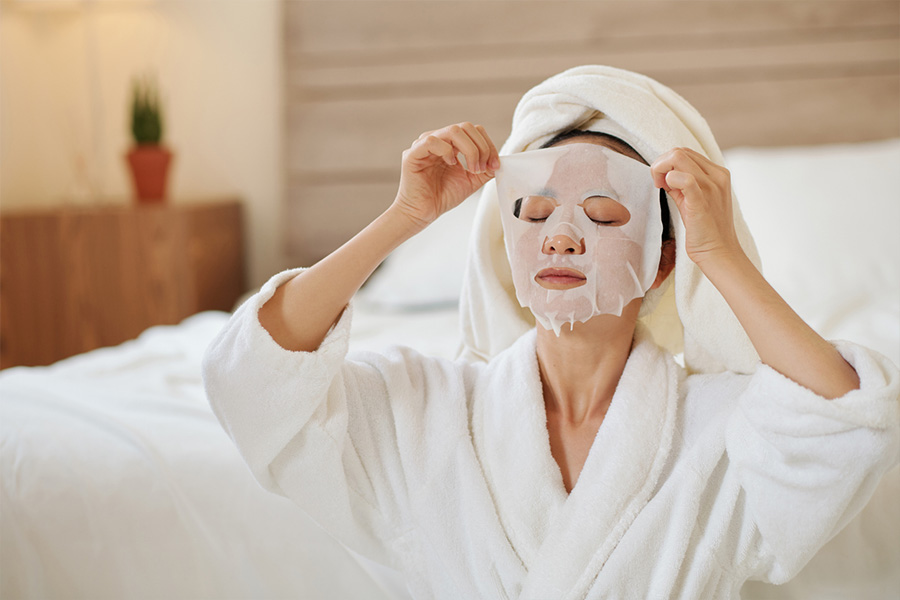
Brides-to-be in South Korea have been turning to procedures that are quick and non-invasive to enhance their skin and natural features for an effortless look.
Tweakment-inspired products and pre- and post-procedure products that support and soothe the skin for quick recovery have been seeing increasing interest as pre-wedding cosmetic procedures surge. Remote working and mask-wearing have driven the spike in cosmetic procedures as people can now discreetly recover from surgery beneath a mask or while working from home.
Lifting procedures, such as InMode, Ulthera, and TuneFace, are popular among brides-to-be as they help to remove submental fat, define the jawline, tighten pores and loose skin, and promote collagen and elastin. These procedures require a series of treatments and thorough application of products that help with hydration and sun protection.
Retailers can stock aftercare products that help consumers with reducing swelling and bruising. Nourishing and soothing skincare products that fast-track recovery and enhance results will also be highly sought after as brides will be willing to invest in medical-grade products that promote skin health.
Some product options to stock include comforting creams and cooling stainless steel massage rollers that help to lift the face and reduce swelling. Those on a budget can go for alternative solutions that imitate tweakment results, such as gel patches that transdermally absorb into smile lines, enabling them to appear moisturized and firm.
4. Honeymoon and beyond
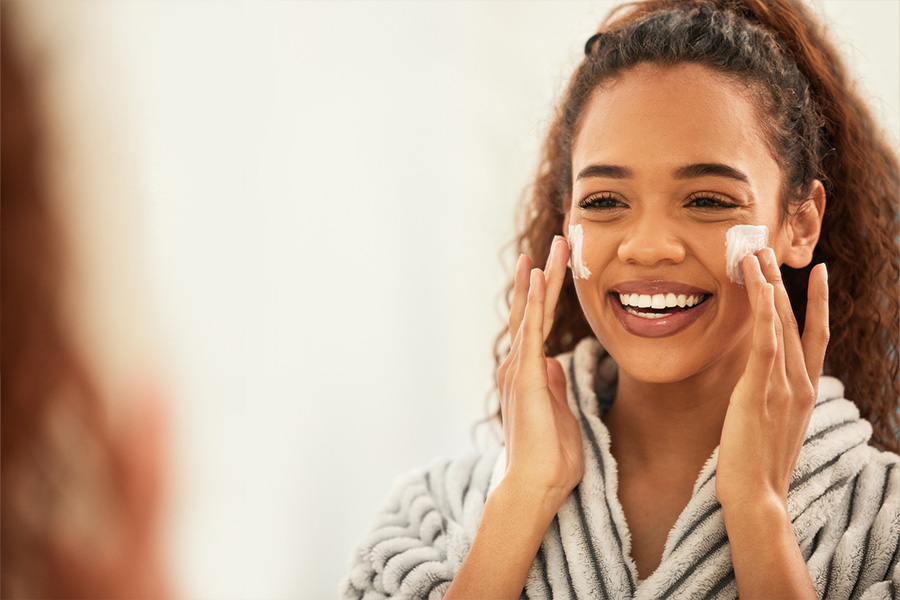
The habits and routines that brides-to-be pick up during bridal bootcamp likely continue into the post-wedding period. This means that consumers will seek out the beauty products and treatments they used for their honeymoon and beyond to maintain their bridal glow.
Newlyweds typically set off on their honeymoons right after their wedding ceremonies, hence products that are multifunctional or travel-ready will be the most ideal for packing in carry-ons. To maintain their hard-earned bridal glows, brides will go for hybrid formats and waterless, on-the-go solutions that save them time, money, and valuable luggage space.
Products to stock include skin care kits that come in travel sizes and easy products with active ingredients that are proven to work in a short time. These can include clay mask sticks that can be applied within five minutes and travel-friendly masks and essence sets that increase hydration, smoothen skin texture and enhance the glow.
Catering for beauty on a budget
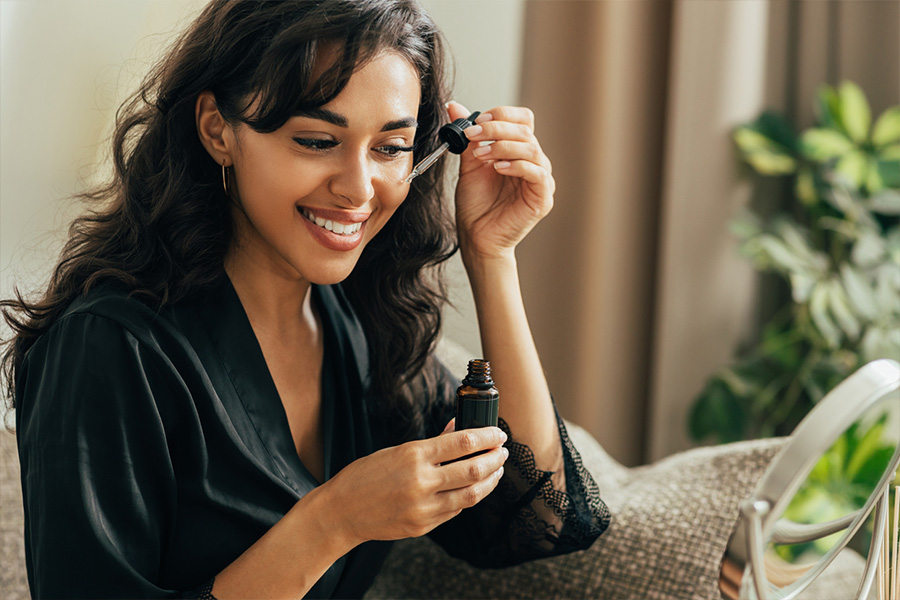
As beauty retailers look at their 2023 catalogs, it will be important for them to make bridal beauty affordable. Wedding and honeymoon costs are soaring, hence consumersʼ budgets will shrink and more affordable alternatives to professional-grade procedures and treatments will be of interest. Understanding consumersʼ beauty priorities and their spending habits will be key to helping them make confident purchases.
Retailers should also look at putting well-being at the forefront. Because weddings are stressful, retailers can focus on kits and products that improve well-being and calm brides-to-be during bootcamp. Selling products that aid sleep, lift emotions, boost energy, and relieve stress will help businesses establish a long-term brand connection with consumers.
Lastly, retailers should think beyond the wedding (and also the bride). They should offer products for the post-wedding period that easily fit into brides’ everyday lives. Retailers should also consider extending kits to include products for bridesmaids and the mother of the bride. In doing so, they will be able to leverage the season to establish new, long-term connections that turn curious individuals into loyal customers.
Discover top-trending facial skincare tools consumers are looking for here.
